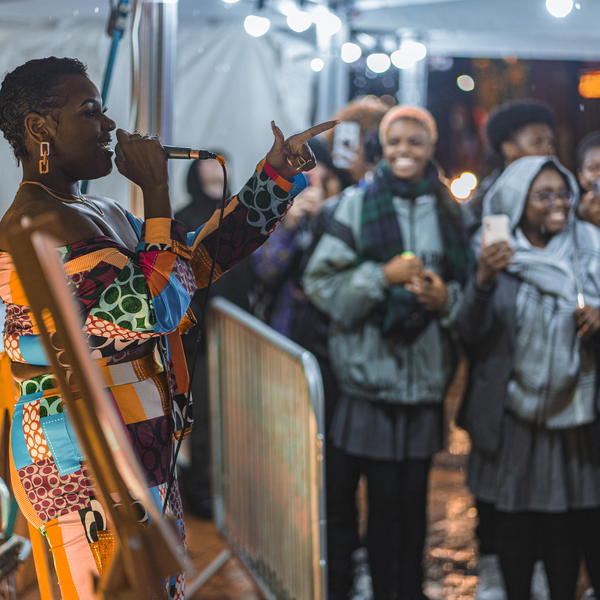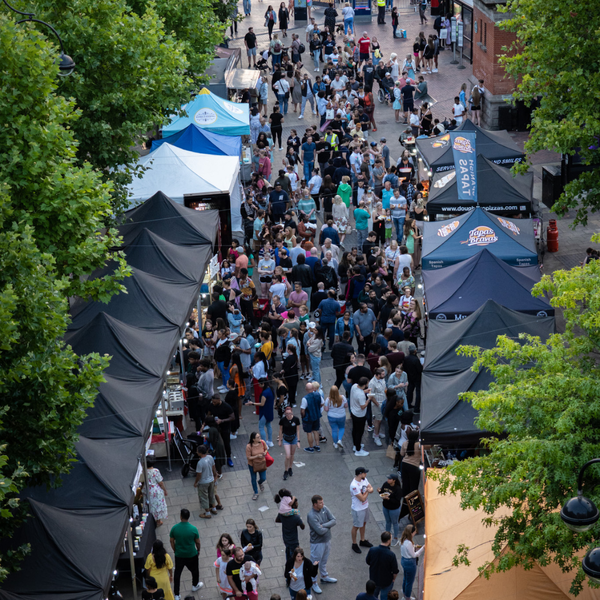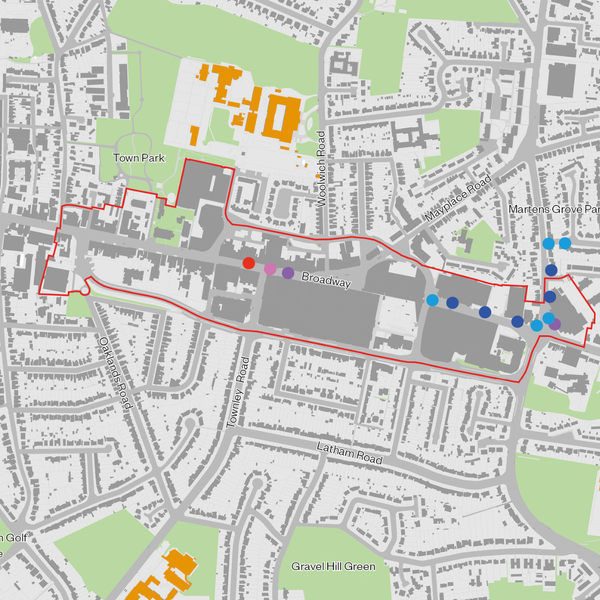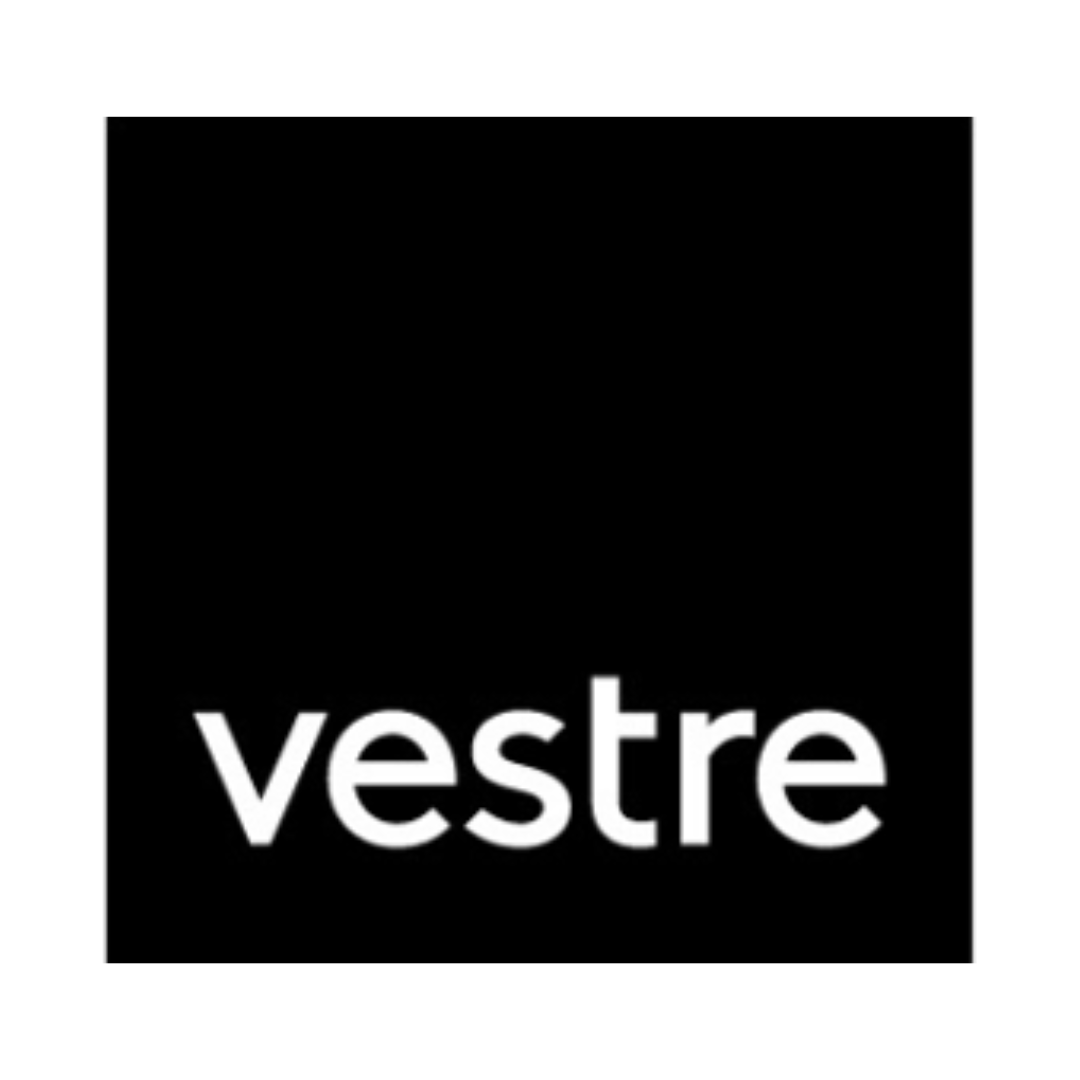Project showcase
Bexleyheath High Streets for All, London Borough of Bexley, for London Borough of Bexley, with We Made That and POoR Collective
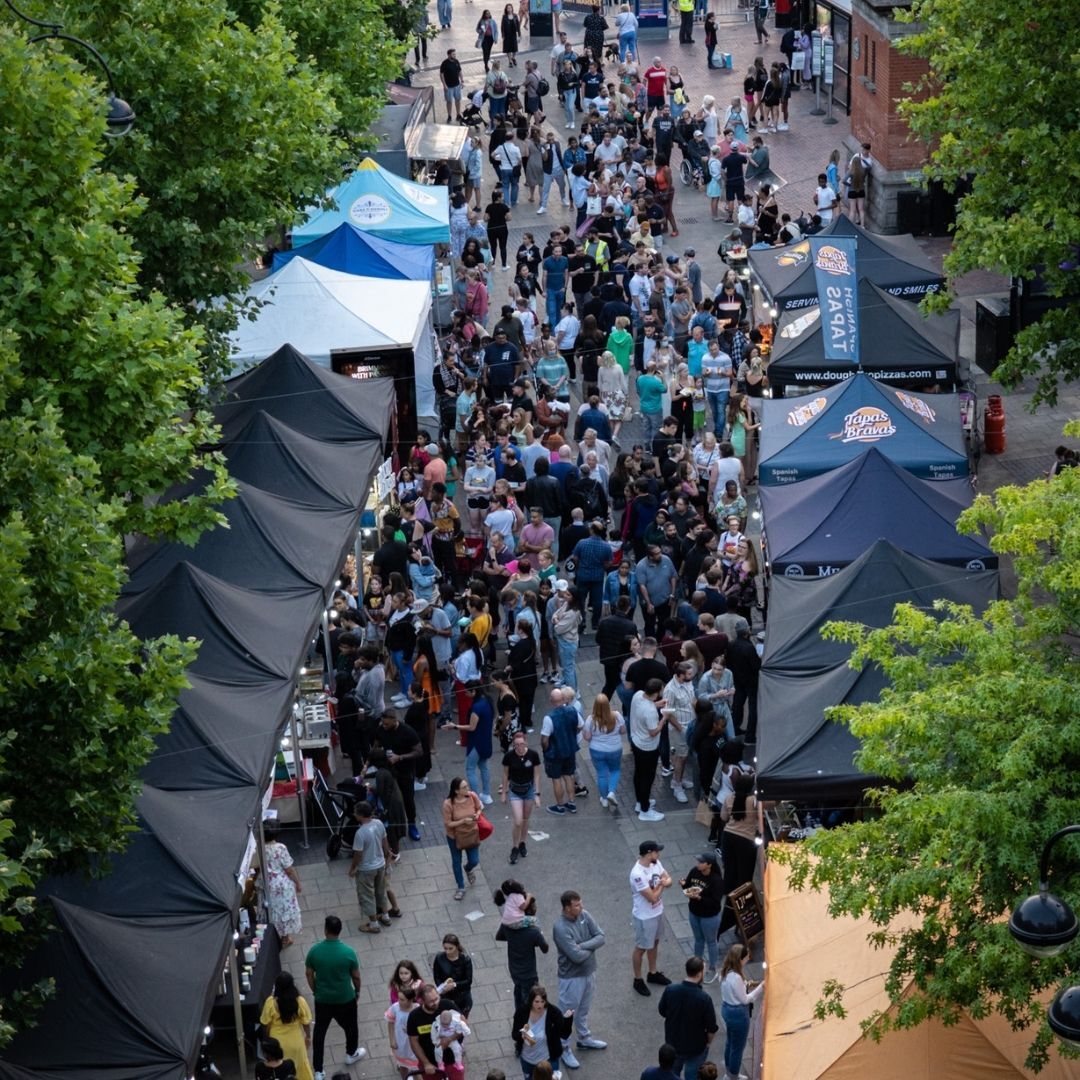
A series of events and activities were run from May 2021 and completed at the end of May 2023 to test new approaches to revitalising Bexleyheath town centre. The team behind Bohemia Place Market have been successfully running markets alongside community consultation that have led to wayfinding and accessibility improvements. The scheme conducted 14 youth workshops with 59 students aged between 11-18 years old along with 8 older residents, and 180 young people partaking in an online survey.
Who is on the project team? (designer, consultants, etc)
We Made That, POoR Collective and Bohemia Place Market (market operators)
Describe the context of this project, its neighbourhood and people.
Bexleyheath town centre serves as an important hub for several communities of varied backgrounds. Pressures resulting from their differing needs causes tension between these groups. Through workshops, events and design, we’ve been bridging the gap between communities and empowering often-marginalised, young people through the High Streets for All programme. The project has contributed to Bexleyheath’s high street recovery and delivery plan, using a live, dynamic, experimental approach to activating the high street.
Bexleyheath has very different characteristics at different times of day. On weekday mornings/ early afternoon, the town has a mature clientele and young parents. From 3-6pm, this age bracket lowers with the influx of approximately 3,500 secondary school students. Many of the students choose to spend time in the shopping centre before making their way home, partially due to the lack of youth infrastructure in Bexleyheath. In the evening, the bars and restaurants switch back to families dining and adults socialising. In reaction to their presence, many of the elderly residents choose to leave the town centre before the students arrive, which in turn has an impact on the local businesses. Racial undertones also haunt this dynamic, as most of the elderly residents are white. The students, on the other hand, are of Afro-Caribbean descent, which further adds to the tension in the area. We used action-based research through workshops, primary surveys and interviews to inform the programme and ensure there was broad input into the project.
Please share any data or figures that support your entry, for example increased footfall, happiness surveys, event attendance and/or observed changes in behaviour.
Key facts on the workshops: •14 youth workshops •59 students aged between 11-18 years old engaged •8 older residents engaged in the intergenerational workshops •180 young people partaking in online survey •The workshops targeted a cross section of demographics in each school. Each workshop hosted representatives of each year group and prescribed a gender split wherever relevant. The selection of schools were based on their proximity to the town centre, in included a range of schools, including public and grammar schools.
Did the project make a positive social and environmental contribution? If if it was a temporary intervention, is there a legacy plan? What happened to its tenants, users, materials and programming?
The High Streets for All programme contributed to the economic and social well-being of the communities in Bexleyheath. The project identified key gaps in youth infrastructure and programming; highlighted the appetite and potential for endorsement of public programming curated by young people; and tackled tough topics including access and inclusion. What has been uncovered? New skills •Young people were exposed to new skills including event planning, marketing, public speaking, design, basic business skills, film and finance.
Networks
•Programme connected schools with local youth groups and elderly-focused organisations all of whom, in most cases, were unaware of one another.
Infrastructure
•Public infrastructure such as local parks were mostly unknown to the students, with proposals developed to respond to this.
Economic
•Youth programme and themed events footfall saw a 44.8% footfall increase in comparison to benchmark and 60.6% in-comparison to the same day last year.
•Surrounding businesses benefited on and near the night market. Many business owners saw an increase of sales during and beyond market opening hours. Overall, the data demonstrates an improvement to footfall and dwell time in the town centre, the introduction of the night market encouraged footfall slowly approaching pre-pandemic levels.
Key recommendations and legacy
•Commissioning of an independent Racial Equalities Study and Action Plan to better understand racial inequality and determine actionable interventions
•Continuation of workshop programmes with young people building on work to date including the Youth Enterprise Challenge
•Masterplan to consider the introduction of youth facilities in and around the town centre
Gallery

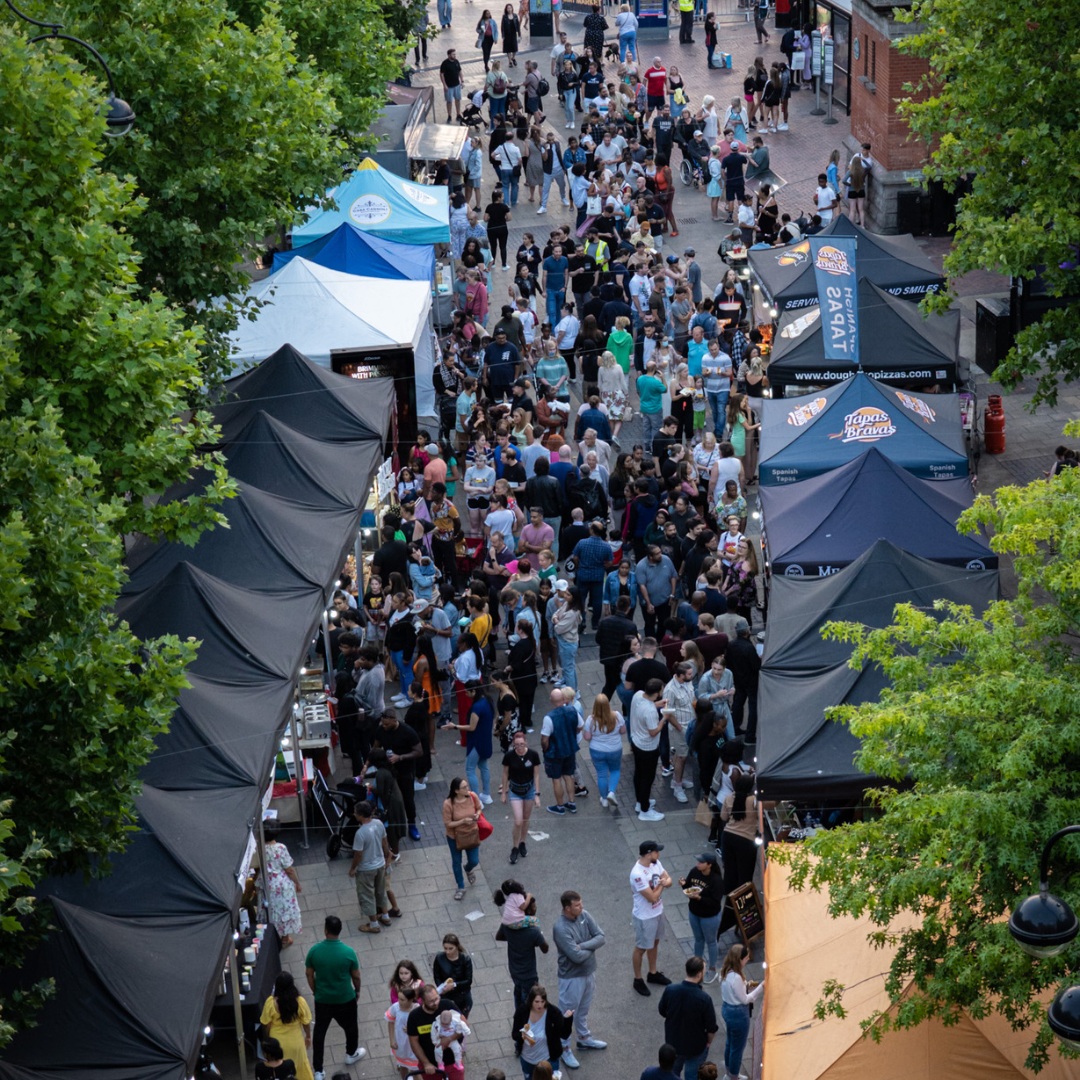
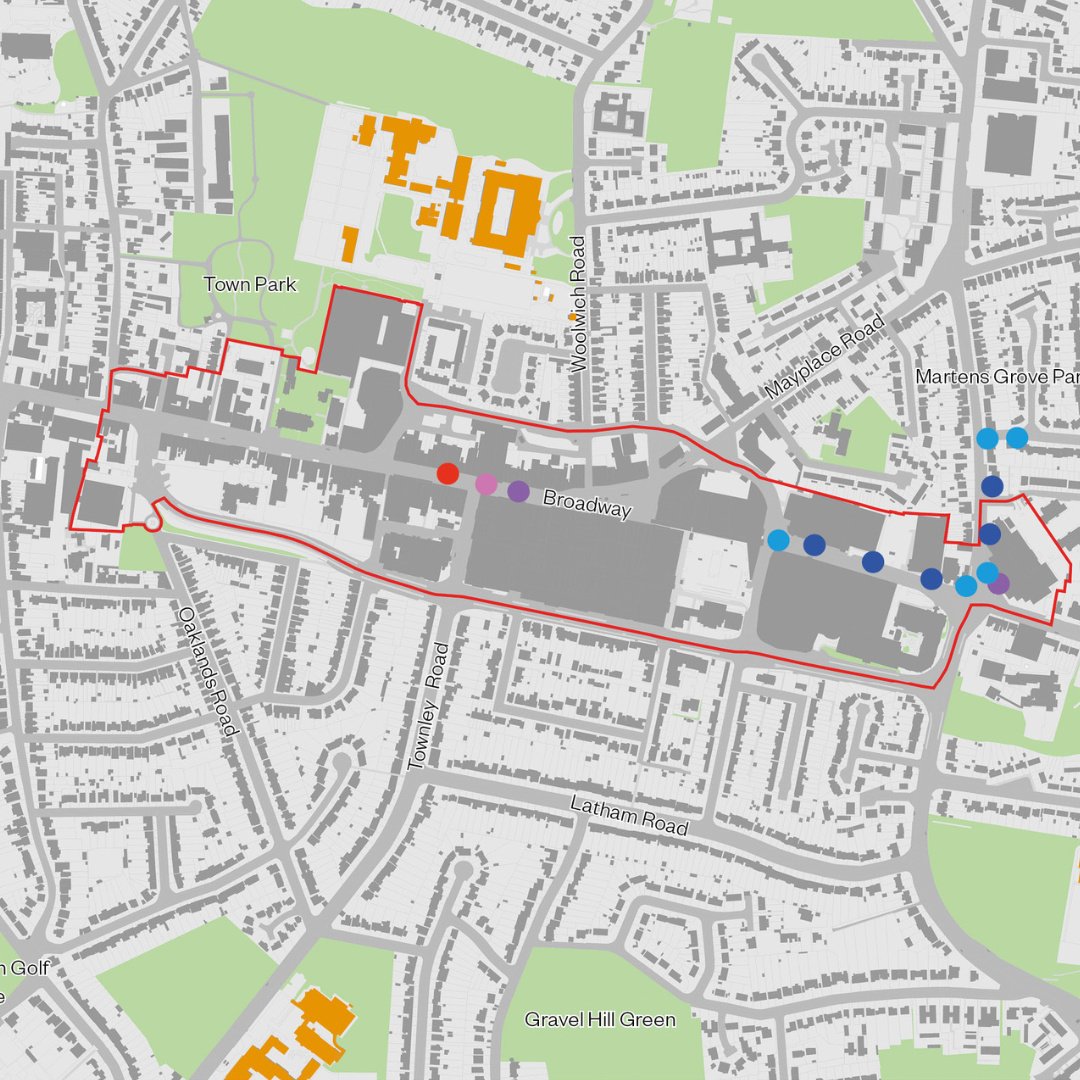
Festival of Pineapples
24-26 February 2026
Pineapples prize giving night
April
Pineapples at Festival of Place
10 June 2026
© The Pineapples - Tweak Ltd. 124 City Road, London, EC1V 2NX. Tel: 020 3326 7238
